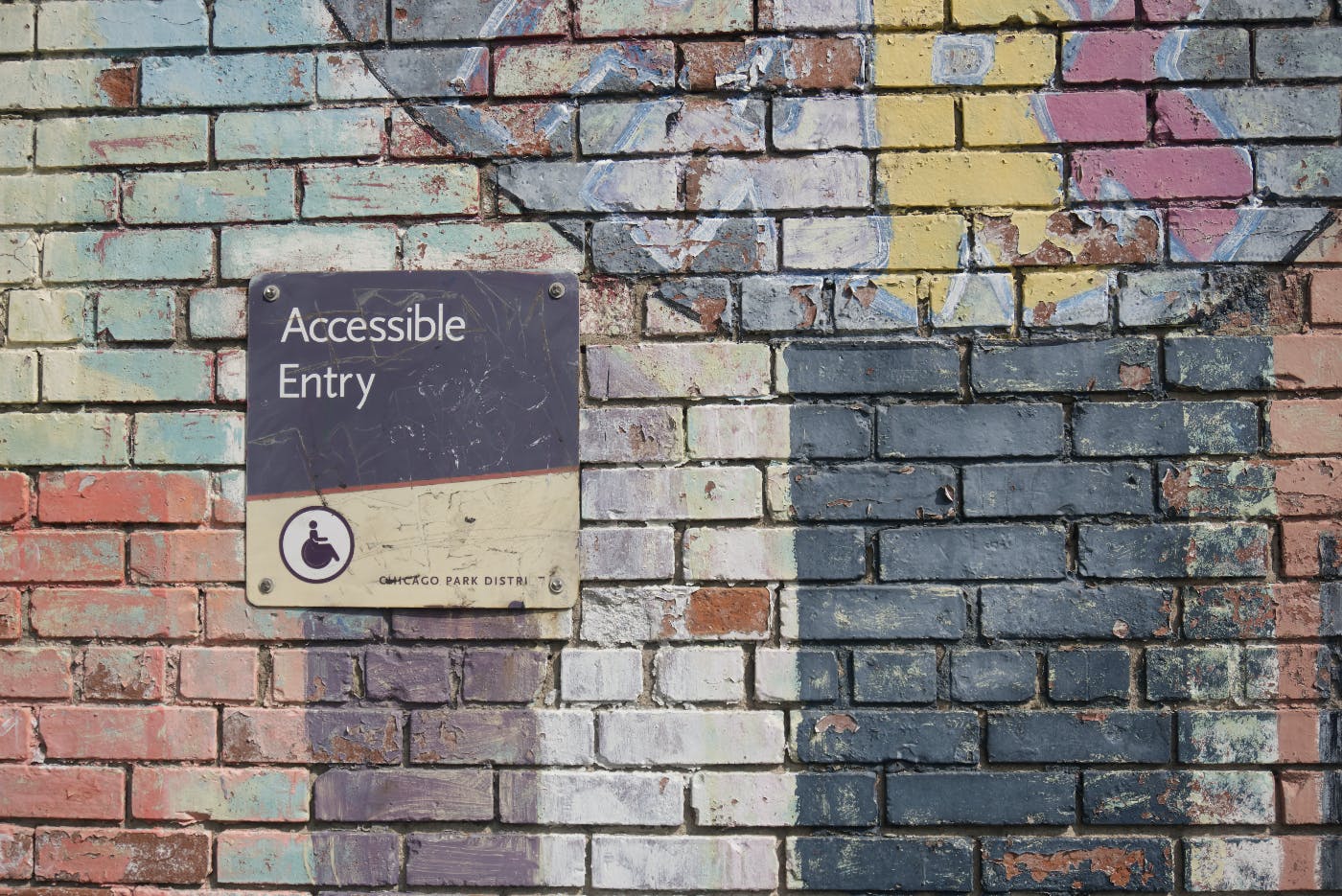
Understanding and implementing the essential elements of effective website design is crucial for success in the competitive online landscape.
In the digital age, a well-designed website is a fundamental tool for businesses, organizations, and individuals to establish an online presence, connect with their audience, and achieve their goals. A website's design can significantly impact user experience, engagement, and conversions. Therefore, understanding and implementing the essential elements of effective website design is crucial for success in the competitive online landscape.
This comprehensive guide will delve into the key components of creating a successful website design, encompassing aspects such as user experience, visual aesthetics, functionality, and accessibility. By the end of this article, you'll have a solid understanding of the principles and practices necessary to craft a compelling and engaging website.
Clear Purpose and Goal
Before diving into the design process, it's essential to have a clear understanding of the website's purpose and goals. Whether the aim is to sell products, provide information, or foster a community, defining these objectives lays the foundation for every design decision moving forward. By clarifying the purpose, designers can ensure that each element on the website contributes directly to achieving those goals.
User-Centric Approach
The user must be at the core of every website design. Understanding the target audience, their needs, preferences, and pain points is paramount. Conducting user research and creating user personas can aid in identifying the target audience and their expectations from the website. By knowing your users well, you can tailor the design to meet their specific requirements, leading to higher user satisfaction.
Intuitive Navigation
An intuitive and user-friendly navigation system is vital for guiding visitors through the website seamlessly. The navigation menu should be clear, easy to find, and logically organized. Use concise and descriptive labels for menu items, avoiding jargon or ambiguous terms. Implementing a breadcrumb trail and a search bar further enhances navigation, enabling users to find the content they seek quickly.

Responsive Design
In today's multi-device world, ensuring a consistent user experience across various platforms is crucial. Responsive web design allows the website layout and content to adapt dynamically to different screen sizes and resolutions. Whether users access the site from a desktop, laptop, tablet, or smartphone, they should encounter a visually appealing and fully functional design.
Appealing Visual Design
Visual aesthetics play a significant role in the overall user experience. A visually appealing website can capture users' attention, convey professionalism, and establish trust. Use a harmonious color palette that aligns with the brand identity and creates an emotional connection with the audience. Carefully select fonts that are easy to read and maintain consistency in typography throughout the website. High-quality images and multimedia content can also elevate the visual appeal.
Consistent Branding
Website design should align with the overall branding of the organization or individual it represents. Consistency in colors, logos, fonts, and imagery fosters brand recognition and strengthens the brand's identity. By maintaining a cohesive brand experience, users can easily associate the website with the respective organization or business.
Compelling Content
Engaging and relevant content is a critical aspect of effective website design. The content should be well-organized, easy to read, and visually balanced. Use headings, subheadings, bullet points, and paragraphs to create a scannable layout that allows users to find information quickly. Incorporate multimedia elements such as images, videos, and infographics to make the content more engaging and informative.
Fast Loading Speed
Page loading speed directly impacts user experience and search engine rankings. Slow-loading websites lead to higher bounce rates, frustrating users and negatively affecting SEO. Optimize images, leverage browser caching, and minimize HTTP requests to improve loading times. Regularly monitor and optimize the website's performance to ensure it remains efficient and responsive.
Clear Call-to-Action (CTA)
A well-designed website incorporates clear and strategically placed call-to-action buttons. CTAs prompt visitors to take specific actions, such as making a purchase, subscribing to a newsletter, or contacting the business. The CTA buttons should be visually distinct, using contrasting colors to draw attention and clear, action-oriented language to drive conversions.

Accessibility for All
Web accessibility is a fundamental principle that ensures all users, including those with disabilities, can access and interact with the website. Considerations for accessibility include providing alternative text for images, making the site keyboard navigable, and ensuring compatibility with screen readers. Designers should adhere to Web Content Accessibility Guidelines (WCAG) to create an inclusive web experience.
Summing Up
Effective website design is an intricate balance of aesthetics, functionality, and user experience. By adhering to the essential elements outlined in this comprehensive guide, you can create a compelling website that resonates with your target audience, achieves its goals, and sets your online presence up for success. Remember that continuous improvement, testing, and staying up-to-date with web design trends are essential to maintain a competitive edge in the ever-evolving digital landscape.
Did You Know
Thoughtlab is a full-service creative agency with incredible designers and developers that can give you a website that does more than just stand out. We create award-winning websites that elevate brands and build stronger connections to their target audience.
It’s an art and a science, and ThoughtLab knows what it takes to create a website that grabs and holds viewers’ attention and converts. Talk to the folks at ThoughtLab and understand what a great website can do for your company and brand.

